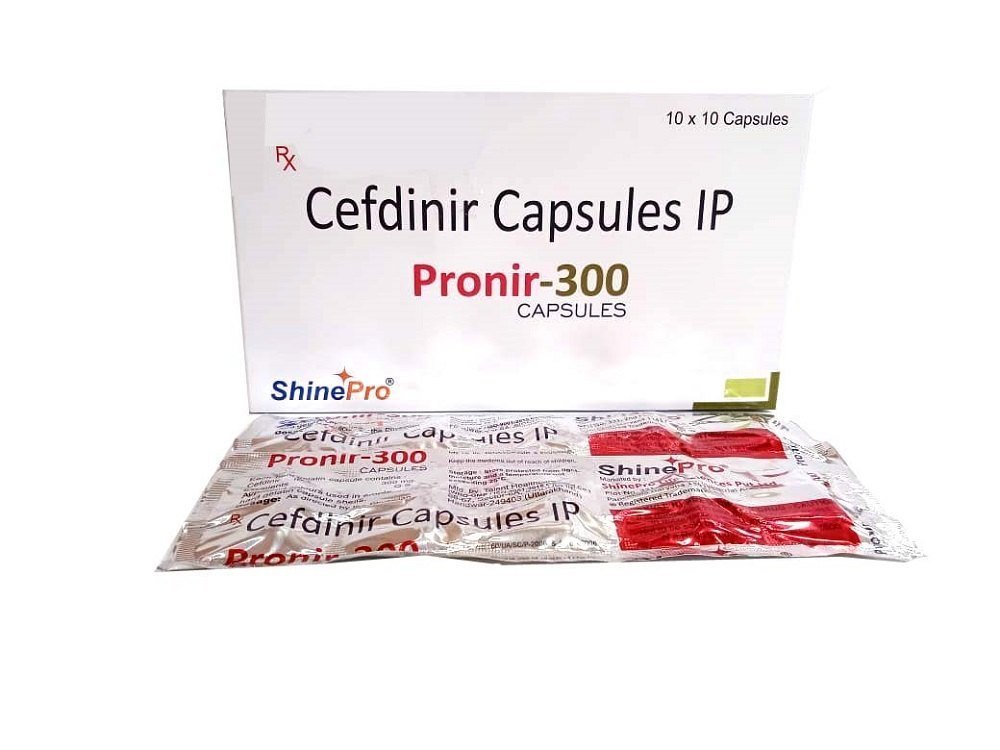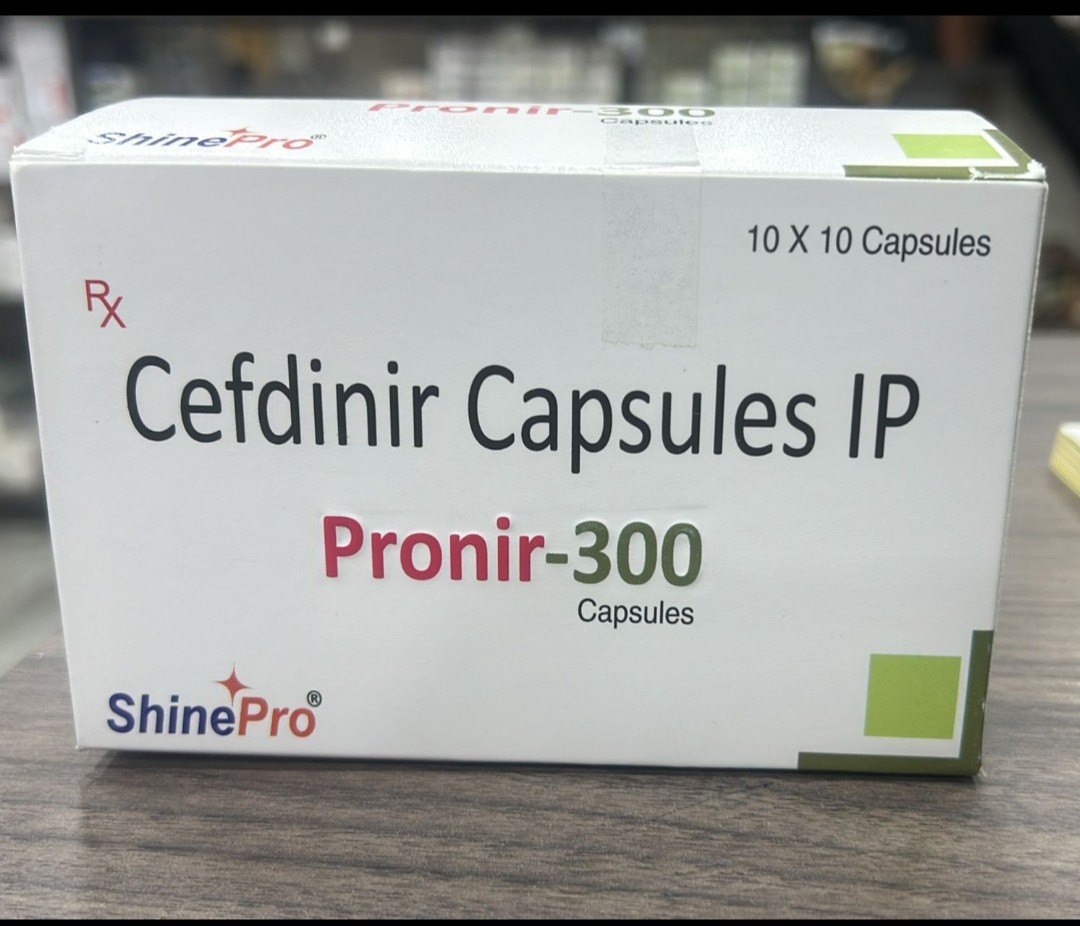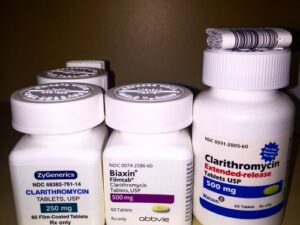Description
Cefdinir: A Comprehensive Look at This Versatile Antibiotic
Cefdinir is a cephalosporin antibiotic used to treat a wide range of bacterial infections. Known for its effectiveness and generally well-tolerated nature, it’s a common prescription for both adults and children. Let’s delve deeper into what cefdinir is, how it works, what it treats, and what to consider when taking it.
What is Cefdinir?
Cefdinir belongs to the third generation of cephalosporins. Cephalosporins are a class of beta-lactam antibiotics, which means they work by disrupting the formation of the bacterial cell wall. This weakened cell wall leads to the bacterium’s instability and eventual death.
How Does Cefdinir Work?
Cefdinir works by binding to specific proteins called penicillin-binding proteins (PBPs) located inside the bacterial cell wall. These PBPs are essential for the cross-linking of peptidoglycans, which are the building blocks of the cell wall. By interfering with this process, cefdinir prevents the bacteria from building a strong and stable cell wall, ultimately leading to cell death.
What Infections Does Cefdinir Treat?
Cefdinir is effective against a variety of bacteria, making it a versatile treatment option for various infections, including:
- Upper Respiratory Infections:
- Sinusitis: Inflammation of the sinuses.
- Pharyngitis/Tonsillitis: Strep throat and other throat infections.
- Otitis Media (Ear Infections): Common in children.
- Lower Respiratory Infections:
- Pneumonia: Infection of the lungs (certain types).
- Bronchitis: Inflammation of the bronchi (airways in the lungs).
- Skin and Soft Tissue Infections:
- Cellulitis: Bacterial infection of the skin and subcutaneous tissue.
- Impetigo: A superficial skin infection.
It’s crucial to remember that cefdinir is only effective against bacterial infections and will not work against viral infections like the common cold or the flu.
Dosage and Administration:
Cefdinir is typically administered orally, either as a capsule or a liquid suspension. The dosage and duration of treatment will depend on the type and severity of the infection, as well as the patient’s age and overall health. It’s vital to follow your doctor’s instructions carefully and complete the entire course of medication, even if you start feeling better, to ensure the infection is fully eradicated and to prevent the development of antibiotic resistance.
Potential Side Effects:
While cefdinir is generally well-tolerated, like all medications, it can cause side effects. Common side effects include:
- Gastrointestinal Issues: Diarrhea, nausea, abdominal pain. (Diarrhea is the most common side effect)
- Skin Rash: Allergic reactions can manifest as skin rashes or hives.
- Vaginal Yeast Infection (Thrush): In women.
- Changes in Stool Color: Stool may appear reddish in infants. This is due to the iron in the medication.
- Headache
More serious side effects are rare but require immediate medical attention. These include:
- Severe Allergic Reaction (Anaphylaxis): Difficulty breathing, swelling of the face/throat, hives.
- Persistent or Severe Diarrhea: Could indicate Clostridium difficile infection.
- Seizures: In individuals with pre-existing seizure disorders.
Precautions and Warnings:
Before taking cefdinir, it’s important to inform your doctor about:
- Allergies: Especially to penicillin or other cephalosporin antibiotics.
- Kidney Disease: Cefdinir is primarily eliminated by the kidneys, so dosage adjustments may be necessary.
- Medical History: Including any history of gastrointestinal problems, such as colitis.
- Other Medications: Inform your doctor about all medications you are taking, including over-the-counter drugs and supplements, as some medications can interact with cefdinir.
- Pregnancy and Breastfeeding: Discuss the risks and benefits with your doctor before taking cefdinir if you are pregnant or breastfeeding.
Conclusion:
Cefdinir is a valuable antibiotic for treating a variety of bacterial infections. It is generally safe and effective when used as directed by a healthcare professional. However, it’s crucial to be aware of potential side effects and precautions and to inform your doctor of any relevant medical conditions or medications you are taking. By understanding how cefdinir works and following your doctor’s instructions, you can ensure its safe and effective use in treating your infection. Remember to never share your antibiotics with others and to complete the entire course of treatment to prevent antibiotic resistance.



















Reviews
There are no reviews yet.